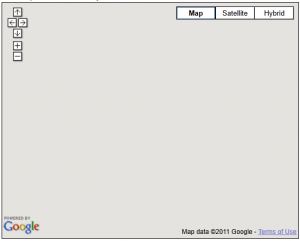…if you reach a certain number of mapviews. You have up to 25K/day mapviews free, which works out to just over 9 million map views a year. My understanding of those limits is that they are per-business, not per domain or site. Here’s the announcement on their blog.
Alternatives for javascript map generation:
- bing, though they only offer 500,000 mapviews/year
- Mapquest, which recently announced no mapview limits (other than for service degradation)
- OpenStreetMap, which has a number of vendors which use their geodata (CloudMade, Chitika, MapQuest). If you want to use OpenStreetMap tiles directly, make sure you follow their usage policy and cache them.
Google Maps has made mapping ubiquituous (I’m sure Brian Timoney would agree), and in doing so has done the web a great service. It will be interesting to see what happens as they try to charge for this service.


